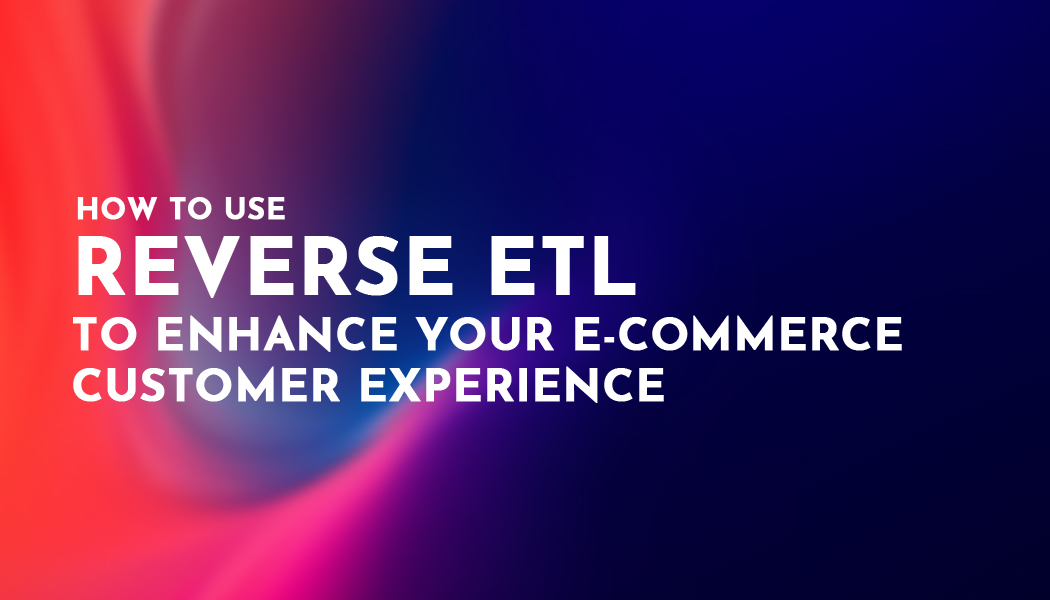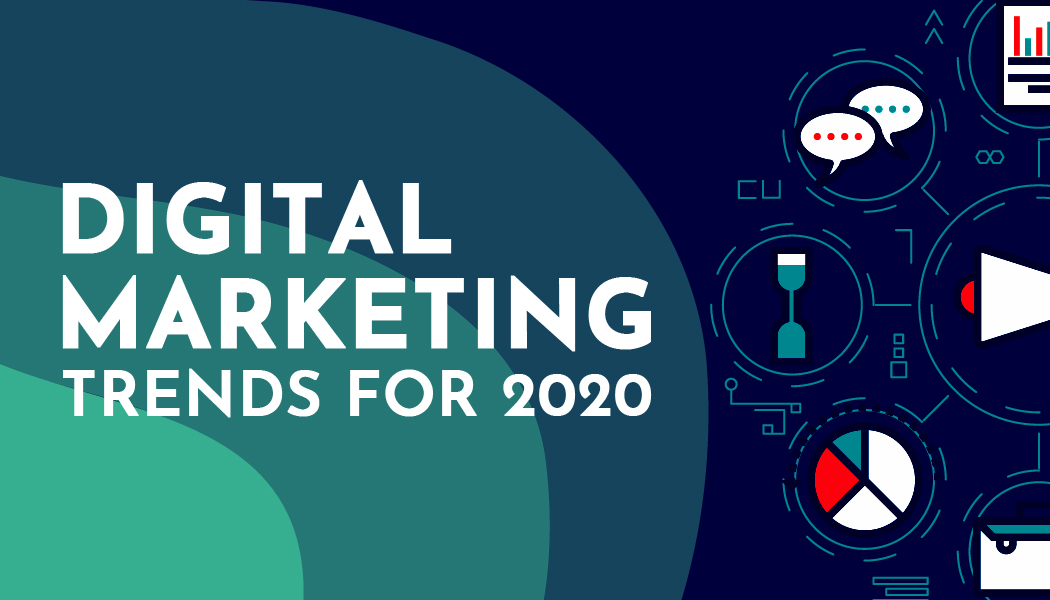How to Use Reverse ETL to Enhance Your E-Commerce Customer Experience
Reverse ETL and Retail Analytics are two powerful tools that can help e-commerce businesses gain real-time data insights and optimize the customer experience. This article will provide a comprehensive overview of Reverse ETL, Retail Analytics, and their role in enhancing the e-commerce customer experience. You'll learn how to identify pain points and areas for improvement and implement Reverse ETL and Retail Analytics for maximum impact. With our best practices and tips, you can take your e-commerce business to the next level and provide your customers with an exceptional shopping experience.
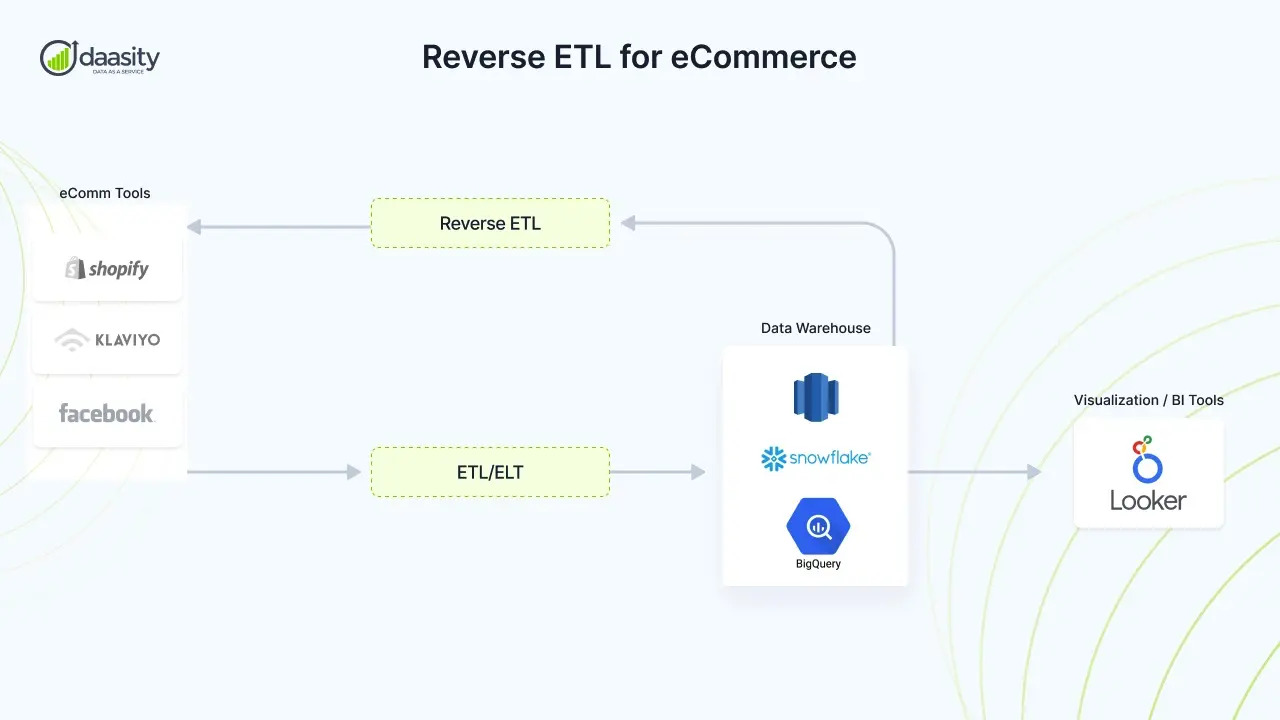
Source: https://www.daasity.com/post/reverse-etl
Understanding the Customer Experience
Understanding the customer experience is crucial for any business that wants to succeed in the highly competitive world of e-commerce. Simply put, the customer experience refers to every interaction a customer has with your brand, from the moment they discover your website to the moment they receive their order. It encompasses everything from the ease of navigation on your site to the quality of customer service you provide.
To truly understand the customer experience, you must put yourself in the customer's shoes. This means thinking about the entire journey from their perspective and identifying pain points and areas for improvement. By doing so, you can make informed decisions about improving your website, streamlining your ordering process, and providing better customer support.
One of the keys to understanding the customer experience is to collect and analyze data. This can include customer feedback, website analytics, and social media metrics. By examining this data, you can gain valuable insights into how customers interact with your brand and identify areas where you can improve.
Ultimately, the customer experience is about creating a positive and memorable impression on your customers. By trying to understand and improve the customer experience, you can build a loyal customer base, improve your reputation, and increase your bottom line. So, take the time to understand your customers and make improvements where necessary - it's a small investment that can pay off in a big way.
Reverse ETL and Retail Analytics
Reverse ETL and Retail Analytics are two powerful tools that can help e-commerce businesses gain a competitive edge in the market. Reverse ETL, or ETL for modern data warehousing, is a data integration process that extracts data from a data warehouse and loads it into operational systems. This process enables e-commerce businesses to use real-time data insights to make informed decisions about their customers, products, and operations.
According to Market.us, The Retail Analytics Market Is Encouraged to Reach USD 39.6 billion by 2032, with Revenue to Index 22% CAGR Over the Next 10 Years (between 2023 and 2032).
Similarly, According to Global Market Insights, Inc the demand for modern data warehousing solutions is also rapidly increasing, with the global market size expected to reach $30 billion by 2025, growing at a CAGR of 12%.
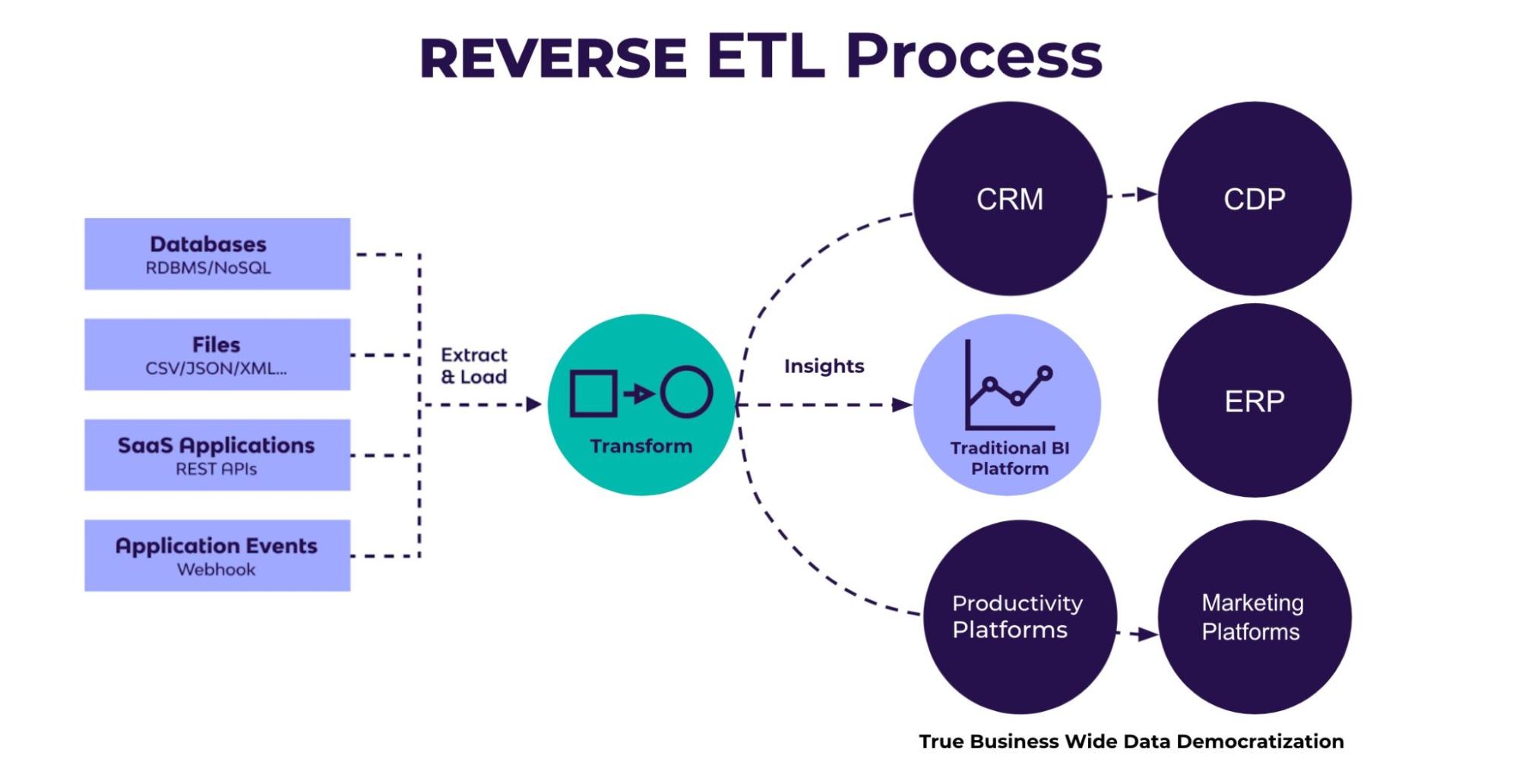
Source: : https://hevodata.com/learn/reverse-etl-tools
On the other hand, Retail Analytics is the process of analyzing data related to sales, inventory, and customer behaviour to identify patterns and trends. Retail Analytics allows e-commerce businesses to gain insights into customer behaviour, identify popular products, and optimize inventory management.
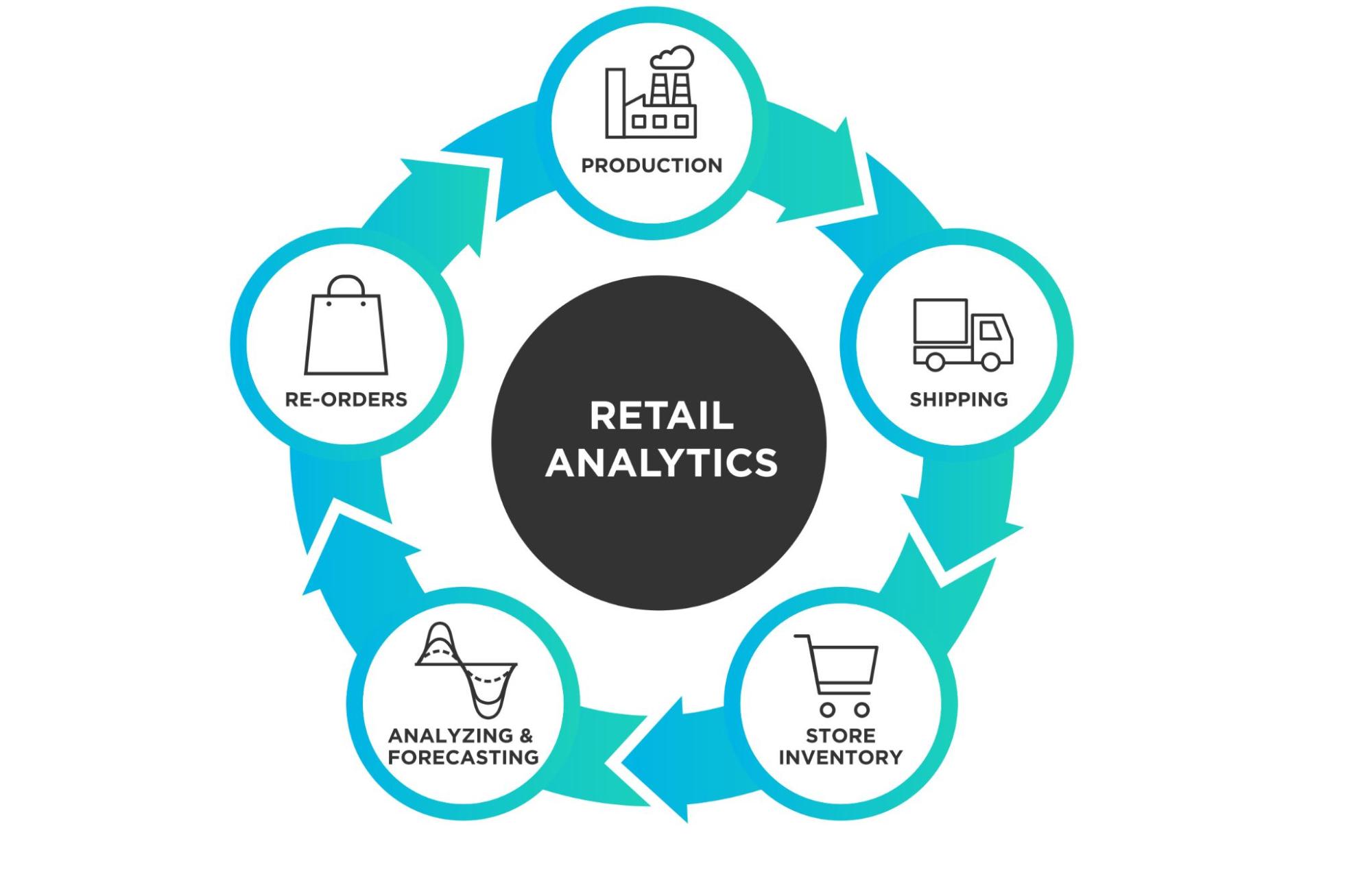
Source: : https://www.tibco.com/reference-center/what-is-retail-analytics
When combined, Reverse ETL and Retail Analytics can provide e-commerce businesses with a comprehensive view of their operations, enabling them to make data-driven decisions that improve the customer experience, increase sales, and optimize inventory management. For example, using real-time data insights from Reverse ETL and Retail Analytics, e-commerce businesses can personalize the customer experience, optimize product recommendations, and manage inventory levels more efficiently.
In conclusion, Reverse ETL and Retail Analytics are two powerful tools to help e-commerce businesses gain a competitive advantage. By using these tools together, e-commerce businesses can gain a comprehensive view of their operations and make data-driven decisions that improve the customer experience, increase sales, and optimize inventory management.
Implementing Reverse ETL and Retail Analytics for Customer Experience Enhancement
Reverse ETL and Retail Analytics are two powerful tools that can help e-commerce businesses improve their customer experience. According to the valuates Reports, the global E-Commerce market size is estimated to be worth USD 7750530 Million in 2022. It is forecast to a readjusted size of USD 20313450 Million by 2028, with a CAGR of 17.4% during the review period. By collecting and analyzing real-time data insights, businesses can identify pain points and areas for improvement and implement changes to enhance the customer experience. In this article, we'll explore how to implement Reverse ETL and Retail Analytics for customer experience enhancement.
The first step in implementing Reverse ETL and Retail Analytics is identifying and collecting relevant data points. This includes data on customer behaviour, preferences, and purchasing patterns. Once you've collected this data, you'll need to analyze and interpret the insights to identify areas for improvement. This could include identifying underperforming product categories or trends in customer behaviour that indicate a need for changes to your website or marketing strategy.
Once you've identified areas for improvement, it's time to implement changes to enhance the customer experience. This could include changes to your website, such as improving navigation or adding new features, or changes to your marketing strategy, such as targeting specific customer segments with personalized messaging.
To ensure the effectiveness of your implementation, it's essential to monitor and analyze your data insights continuously. This will help you identify new improvement opportunities and adjust your strategy accordingly.
Implementing Reverse ETL and Retail Analytics for customer experience enhancement requires a data-driven approach and ongoing monitoring and analysis. By leveraging these powerful tools, e-commerce businesses can gain valuable insights into their customers' behaviour and preferences and make changes to enhance the customer experience.
Best Practices for Using Reverse ETL and Retail Analytics for Customer Experience Enhancement
As an e-commerce business, providing an exceptional customer experience is critical to building brand loyalty and driving sales. Reverse ETL and Retail Analytics can provide real-time data insights that help e-commerce businesses identify pain points and areas for improvement in the customer experience. Here are some best practices for using Reverse ETL and Retail Analytics for customer experience enhancement:
Identify And Prioritize The Metrics
Steps to Implement Reverse ETL and Retail Analytics for Customer Experience Improvement
The first step is to identify and prioritize the most relevant metrics to your business goals. This may include metrics such as cart abandonment rates, customer feedback, and sales trends. Once you have identified the metrics, the next step is to implement Reverse ETL and Retail Analytics tools to collect and analyze this data in real time.
Identifying and Collecting Relevant Data Points
To enhance the customer experience, collecting and analysing data across various touchpoints in the customer journey is vital. This includes data on website behaviour, customer feedback, social media interactions, and more. Collecting data across all touchpoints gives you a holistic view of the customer experience and identifies areas for improvement.
Analyzing and Interpreting Data Insights
After collecting the data, the next step is to analyze and interpret the data insights. This includes identifying trends and patterns in the data and using data visualization tools to make sense of the data. You can gain valuable insights into customer behaviour and preferences by analysing the data insights.
Implementing Changes and Improvements Based on Data Insights
The final step is implementing changes and improvements based on the data insights. This may include optimizing website design, improving product descriptions, or offering personalized promotions based on customer behaviour. Implementing changes based on data insights can enhance the customer experience and drive sales.
Lastly, it is important to prioritize customer privacy and security when using Reverse ETL and Retail Analytics. This means ensuring that data is collected and used in compliance with relevant laws and regulations, such as the General Data Protection Regulation (GDPR) and the California Consumer Privacy Act (CCPA). Businesses can build trust and loyalty with their customers by prioritising customer privacy and security.
Using Reverse ETL and Retail Analytics is a powerful way to enhance the customer experience in e-commerce. By following best practices such as collecting relevant data, using real-time insights, continuously monitoring and analyzing data, integrating with other systems, and prioritizing customer privacy and security, businesses can improve customer satisfaction, loyalty, and, ultimately, their bottom line.
In conclusion, incorporating Reverse ETL and Retail Analytics into your e-commerce business can greatly enhance the customer experience. By collecting and analyzing real-time data insights, you can identify pain points and areas for improvement and make changes to optimize the customer journey. Monitoring and analysing data insights is crucial for continued success in enhancing the customer experience. Implementing Reverse ETL and Retail Analytics requires a strategic approach, but the benefits are worth the investment. With the right tools and techniques, you can improve customer satisfaction, increase retention rates, and ultimately drive more revenue for your e-commerce business. Start exploring the possibilities of Reverse ETL and Retail Analytics today!

